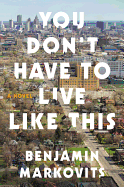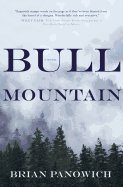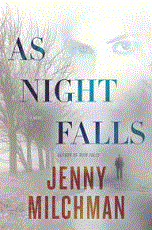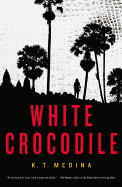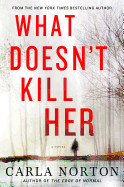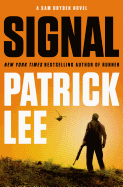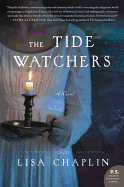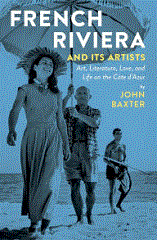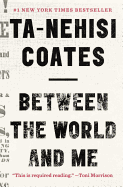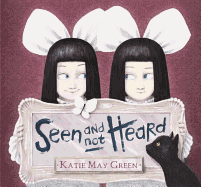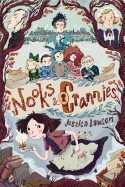_David_Kernaghan.jpeg) |
| photo: David Kernaghan |
Brian Panowich was a touring musician for 12 years before settling in east Georgia, where he now works full-time as a firefighter. His first novel, Bull Mountain (reviewed below), is a blend of Southern family saga and crime thriller wrapped up in a well-executed literary style. Clayton Burroughs serves as the sheriff of McFalls County while his brother Halford runs a meth operation on Bull Mountain. All of that changes when special agent Simon Holly shows up, involving Clayton in a federal case against his brother and associates.
How did the story take shape?
I wrote two flash fiction pieces that appeared in Spinetingler online. One was from the point of view of Clayton, and the other was from the point of view of Simon Holly. I got a phone call one day from Nat Sobel, who is now my agent. He basically reached out and changed my life. He asked if I had anything longer and I told him no. He said when I did have something I should give him a call. Then I wrote the whole book based on those 2,000 words and set it in north Georgia.
I never set out to put the story in a particular genre. I liked a place and had a story idea, so I wrote about it. I didn't set out to write a mystery, and I certainly didn't set out to write a literary novel. My favorite author on this planet is Elmore Leonard. I didn't ever think I would be compared to him or someone like Daniel Woodrell. You can't read one of his books without stopping to think and re-read it again because it's that profound. I simply wrote a story and put it out there.
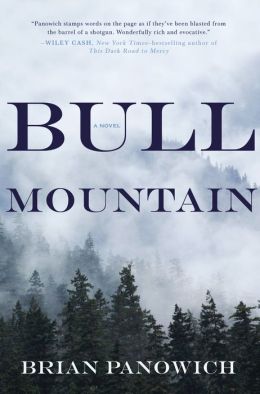 What is it about Georgia that drew you to set the novel there?
What is it about Georgia that drew you to set the novel there?
I'm a military brat, so I can't really relate to the concept of knowing people your entire life. My wife is from North Georgia, and she still knows people she was born next to in the hospital. When we got married, she introduced me to people who came up with her through their entire schooling, from kindergarten to college. That was shocking to me.
North Georgia is one of the most beautiful places I have ever been. Most people don't realize that the Blue Ridge Mountains start in north Georgia. It's a wonderful place to be. I fell in love with it. We spend most of our time there when the kids aren't in school and we're not working. If we can get out of east Georgia, that's where we go.
You're sort of a jack-of-all-trades: a musician, a firefighter, an author.
I went to Georgia Southern for journalism. I wanted to write comic books, but they didn't have a program for that. So I figured I'd do a journalism degree. I was kind of a nerd, so I picked up a guitar because I couldn't throw a football. I joined a band, and that was basically what I did for 12–15 years. My first daughter was born, and all of a sudden music was over. Then I realized I had no skills. I didn't know what to do. I needed to support my family. When I moved to Georgia, I looked up all my old buddies who I used to play music with, and they were all firefighters.
I went back to school and became a firefighter. That life is a trip. When you sign on to be a firefighter you are not just fighting fires. You do it all--gunshot wounds, every car wreck and crime scene. You see some terrible things. You get used to it, in a sense. As an artist, though, I was losing myself. I didn't have an outlet for creativity, so I started writing out of a sheer need to do something. My early stories were based on bits and pieces of what I had witnessed as a firefighter and also some of the seedier things that I saw as a musician. I wouldn't have had the inspiration to create the characters I created for this book without those professions.
Drugs, alcohol, guns and crime have been part of the Burroughs clan for generations. What moral terrain does the clan operate on?
These characters only care about what is theirs. That worldview gets passed down from generation to generation, and it removes them from thinking that some of the horrible things they do are actually bad. They are born into it. By the time Clayton Burroughs came of age, the world had changed. Some of the things he grew up with were no longer true. Meeting his wife and wanting to be a different person caused a lot of grief in his family. It wasn't that he wanted to do something different with his life, or even that he wanted to be a cop. They don't have respect for law enforcement, anyway. They look at it as though he turned his back on his family.
How much of Bull Mountain is based on real events?
You could say I've heard a lot of stories. The real county where the book is set is Clayton County. In most of the bootlegging and Prohibition history, there is not a lot of mention of north Georgia. From moonshine to marijuana and now meth, Kentucky and West Virginia are a lot more famous. Georgia was just as thick in it as anyone, but they kept it under the radar. So, yes, there is some truth to it, but you're just not going to read it in any historical document.
Crime often gets painted as some purely evil element in the substratum of our society. You investigate the line where family and crime intersect.
That is the reason I set such a broad scope and told the story from so many perspectives in different time frames. If I had just told the story of Clayton versus Halford, it would have come out like a cartoon. Like I said, white hat and black hat. The family dynamic of what they go through is the same exact thing people go through in real life in New York City or South Carolina or anywhere else. The sins of the family and the history that gets passed down makes you who you are. --Jarret Middleton
Brian Panowich: North Georgia Noir
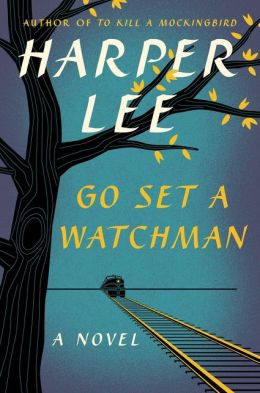



_David_Kernaghan.jpeg)
 What is it about Georgia that drew you to set the novel there?
What is it about Georgia that drew you to set the novel there?